Ammonia Test Kit
What is ammonia?
Ammonia is the main waste product produced by fish as a result of feeding. It can also be generated by the decay of uneaten food or decaying organic matter, such as plant leaves. It is invisible to the naked eye and its presence or absence cannot be determined by looking at the water alone. It is extremely toxic to the fish but is broken down into less toxic nitrite by the beneficial bacteria found in the filter.
What is the correct ammonia level?
There is no occasion where any ammonia is tolerable. A level of zero mg/l (ppm) should be maintained at all times.
What do I do if the ammonia level is wrong?
If a level of 0.2 mg/l (ppm) is found, add a filter booster such as Filter Starter. If a level above this is found, then a substantial water change is essential. Change 25% of the volume for 0.5 – 1.0 mg/l (ppm) ammonia and 50% for ammonia levels above this. Add Ammonia Remover to the filter compartment to remove ammonia. If any amount of ammonia is found, then it is important to check other vital water quality parameters, in particular pH, KH and nitrite.
How to use Ammonia Test Kit ?
- Ensure the test tube is clean.
- Take a 5 ml sample of water into the test tube.
- Add 5 drops of the reagent Ammonia 1, 5 drops of Ammonia 2 and 5 drops of Ammonia 3.
- Replace the test tube cap and shake thoroughly. Wait 10 minutes, then compare the colour of the sample to the colour scale provided. Zero ammonia is represented by a yellow colour. Any hint of green in the sample indicates the presence of ammonia in the water.
FAQs:
Q: Why do I run out of 1 reagent before the other(s)? A: We fill our test kit reagent bottles to a minimum amount before they are put through a vigorous QC regime. This means that the vast majority of bottles will in fact be overfilled by varying amounts meaning that the reagents may well run out at different rates but you should be able to carry out at least the number of tests stated on the packaging.
Q: My Ammonia 2 reagent has turned blue, is it still okay to use? A: Our Ammonia 2 reagent can take on a blue colour with time, but it does not affect he performance or results of the test. As long as the test kit is still within date, you can be confident in the reliability of the results it produces.
Upgrade your aquarium setup with the Ammonia Test Kit – Order now and experience the difference!



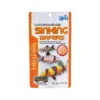
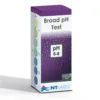
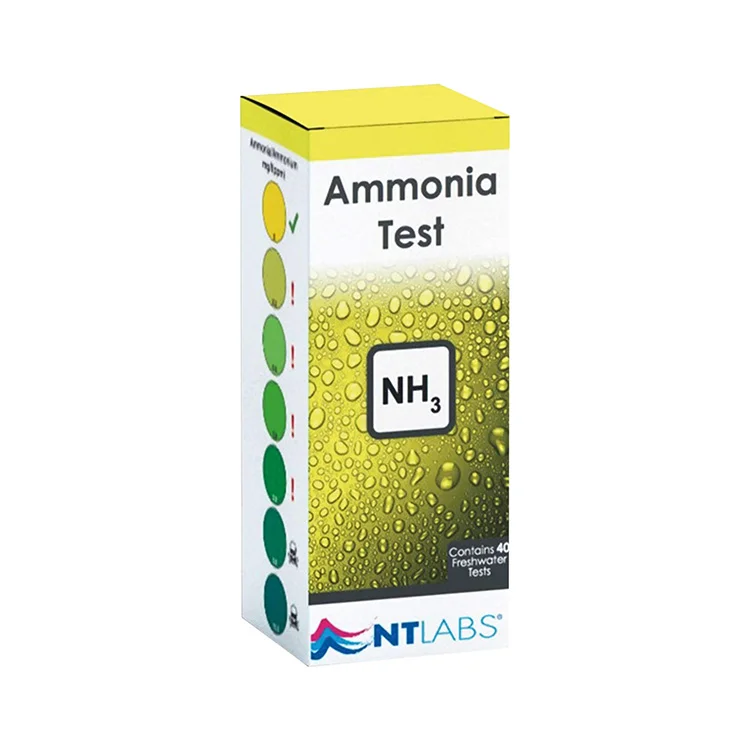








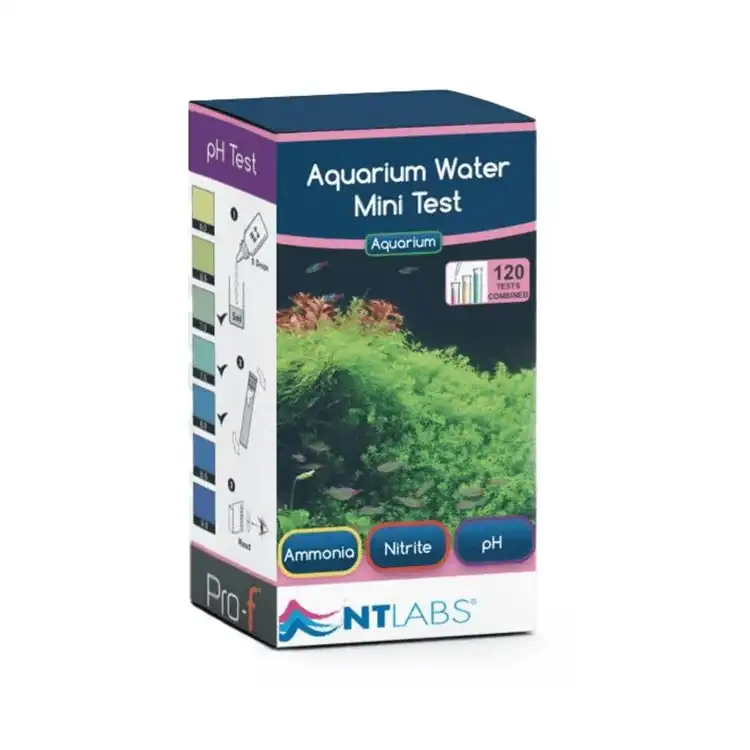
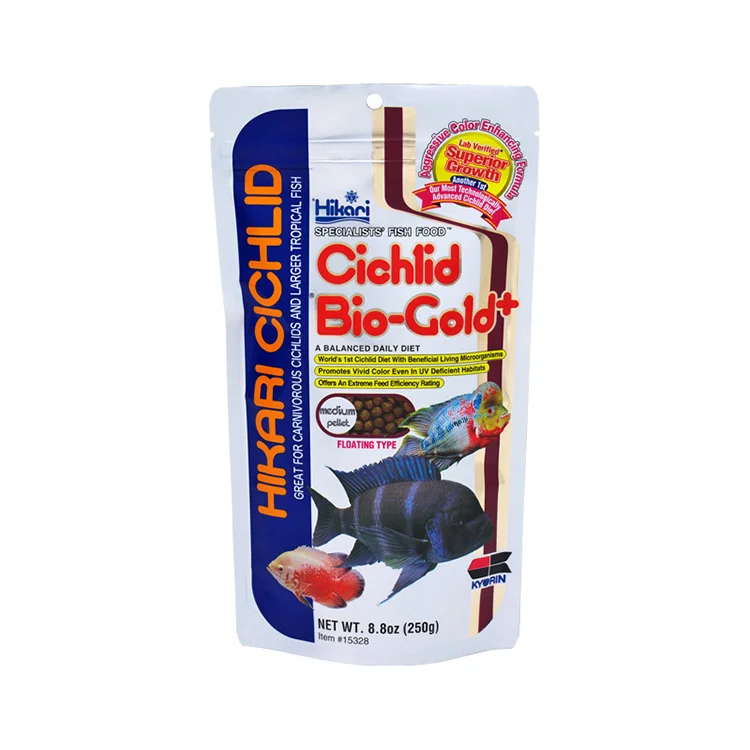
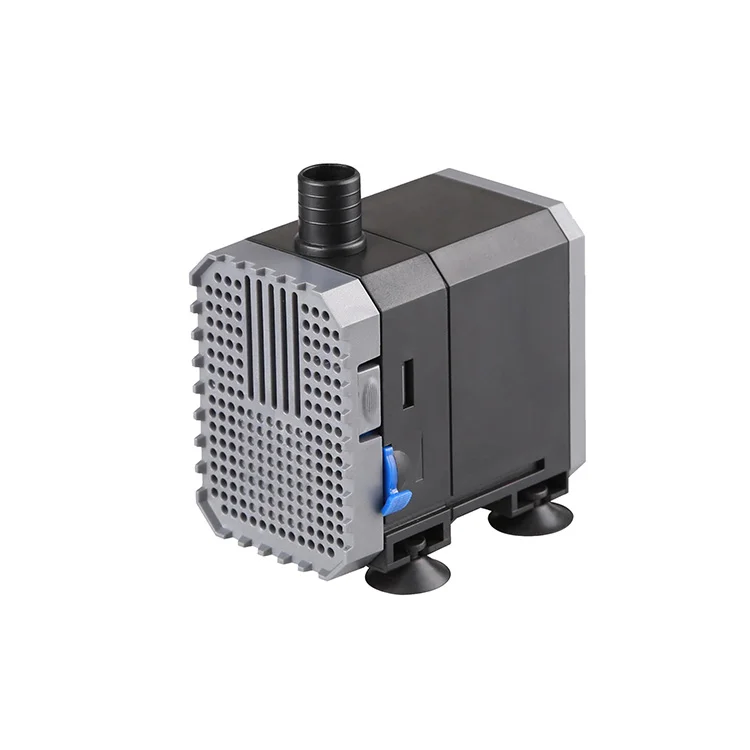
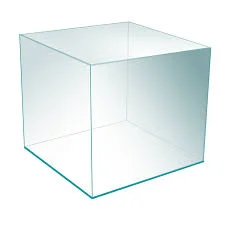




Supun Sandeepa –
Safly arrived Minipura Aqua Test Kit Package. Thanks Lot !